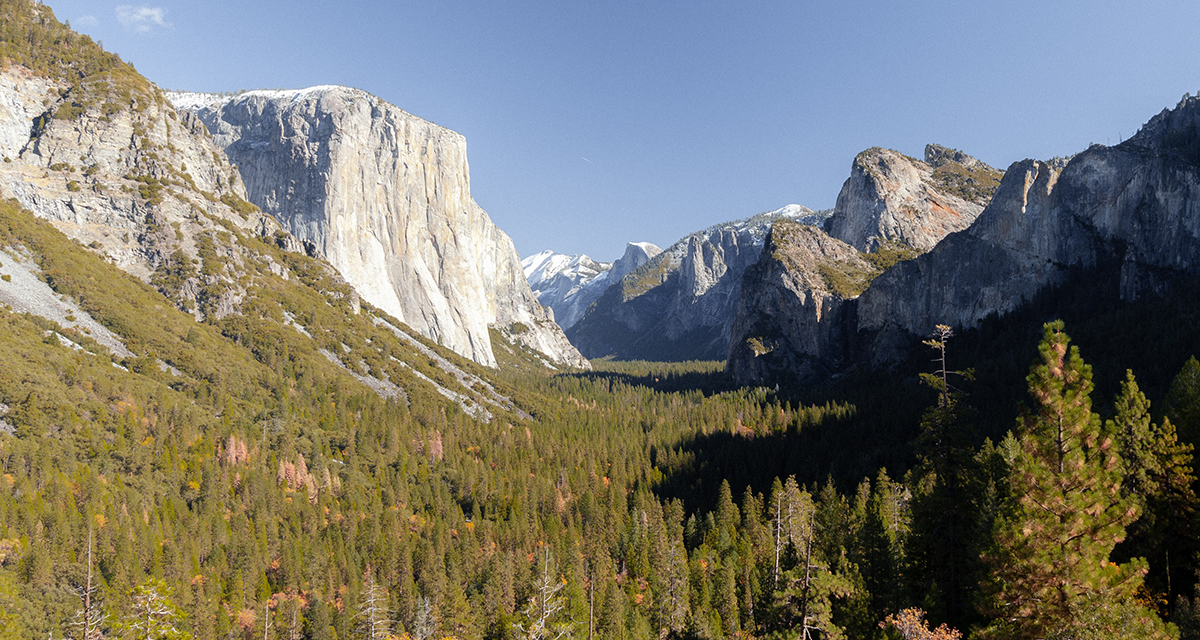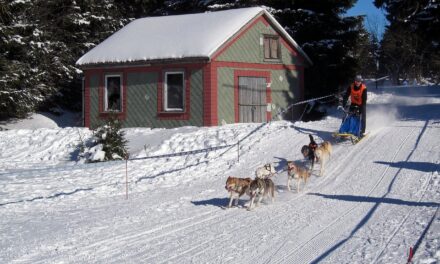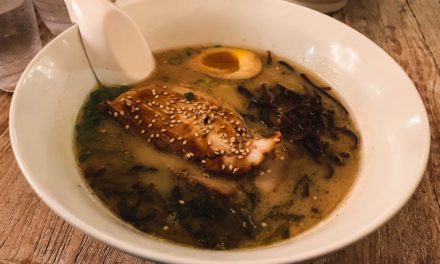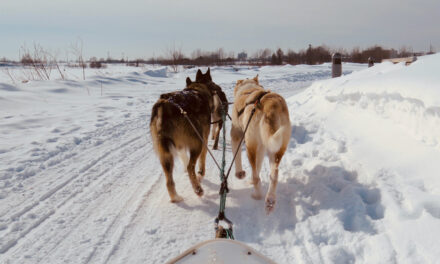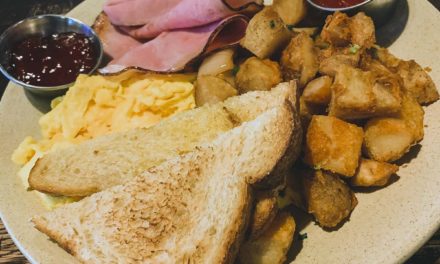The Miwok people’s history in California is a testament to resilience, culture, and deep connection to the land.
Originating from a diverse geography ranging from the coastal regions to the Sierra Nevada, the Miwok has been integral to the state’s rich tapestry of indigenous heritage.
The Miwok Homeland: A Rich Cultural Landscape
The traditional lands of the Miwok people encompassed a vast and bountiful expanse that shaped their cultural identity and way of life.
Stretching from the lush, rolling hills of Marin and Sonoma counties to the majestic Sierra foothills, this territory offered a rich mosaic of ecosystems, each contributing to the complex livelihoods of the Miwok communities. The coast provided abundant seafood, while inland rivers teemed with salmon and other fish, critical food sources during certain seasons.
Beyond sustenance, the diverse terrain of the Miwok homeland was a canvas for their rich cultural expressions. The coastal redwoods, towering and serene, were central to their spiritual beliefs and featured prominently in their creation stories. The oak woodlands of the interior provided not just acorns—a staple of their diet—but also served as gathering places where social bonds were forged and cultural knowledge was exchanged.
The Miwok’s intimate knowledge of their environment was unparalleled, with each valley, mountain, and waterway named and woven into their oral traditions.
These names and stories were not mere labels or tales but encoded the geographical knowledge and history of the Miwok people, ensuring that each new generation would retain a connection to the land and its heritage.
This profound bond with the land was not static; it evolved as the Miwok adapted to the changing seasons and natural cycles. They managed the landscape through controlled burns, enhancing the health of the environment and ensuring that the rich cultural landscape of their homeland would continue to flourish and sustain their descendants for generations to come.
The legacy of the Miwok’s stewardship of the land is still evident today in the undisturbed natural areas that echo the ancient patterns of ecological balance and cultural harmony.
Society and Way of Life: Adapting to Nature’s Bounty
The Miwok societal structure was intricately linked with the rhythms of nature.
They were skilled hunters, gatherers, and fishers, adept at using the resources around them to create a sustainable way of life. Their social organization was based on complex kinship systems and intertribal trade.
Spiritual Beliefs and Practices: A Profound Connection
Spirituality permeated every aspect of Miwok life, manifesting a profound connection beyond the physical realm.
Their cosmology was not merely a belief system but a lived experience that celebrated the interdependence of all living things. The Miwok saw themselves as part of a larger whole, with a responsibility to maintain the harmony of the natural world. Their rituals and ceremonies were vital expressions of this duty, performed with reverence and an acute awareness of the cycles that governed life.
The changing seasons marked times of celebration and reflection, each with its own set of rituals that aligned the community with the rhythms of nature. Spring was greeted with the Flower Dance, a celebration of renewal and fertility, while the fall’s acorn harvest was a time of thanksgiving, culminating in the Big Time festival — a gathering of communities to give thanks for the bounty and prepare for the winter months.
Miwok spiritual leaders, often referred to as shamans, played a crucial role in these ceremonies.
They were the mediums between the physical and spiritual worlds, guiding their people in practices that ranged from healing rituals to the stewardship of natural resources.
Their knowledge of medicinal plants, passed down through generations, was a testament to the Miwok’s deep understanding of the environment.
This spiritual framework was not isolated from daily life but was an integral part of it. The Miwok’s spiritual practices infused their hunting, gathering, fishing, and even their crafting, with an ethic of respect and gratitude. The designs in their basketry, the songs in their dances, and the stories told around the fire — all bore the imprint of their reverence for the world around them.
In the present day, the descendants of the Miwok continue to honor these traditions, seeing them as both a heritage to be preserved and a living practice that sustains their community.
These spiritual beliefs and practices, with their deep ecological wisdom, remain as relevant today as they were in the past, offering insights into sustainable living and the importance of living in harmony with the environment.
The Impact of European Contact: A Struggle for Survival
The arrival of the disrupting European settlers became the beginning of a tumultuous era for the Miwok people, as it ushered in a series of profound and irreversible changes to their traditional way of life.
The Europeans brought with them new diseases to which the Miwok had no immunity, resulting in devastating epidemics that decimated the population. This tragic loss of life was compounded by the disruption of the Miwok’s symbiotic relationship with the land, as settlers claimed vast swaths of territory for themselves.
As the settlers established missions and ranchos, the Miwok were often forcibly removed from their ancestral lands.
Those who survived the diseases were subjected to new social and economic systems that sought to assimilate them into the colonial framework, eroding traditional practices and governance.
The Gold Rush of 1849 further accelerated the infringement on Miwok territory, as miners flooded into California in search of fortune, leading to violent conflicts and further displacement of indigenous communities.
The Miwok were resilient in these challenges, employing various survival strategies.
They adapted to the changing landscape, sometimes finding work on ranches or in settlers’ homes, all the while endeavoring to maintain their cultural identity. Despite the oppressive policies and attitudes they faced, the Miwok strove to keep their language, stories, and traditions alive, passing them down through generations.
The impact of European contact on the Miwok was profound and lasting, but through their resilience and strength, they managed to preserve the core of their culture.
Today, their descendants continue to honor this legacy, ensuring that the history of their struggle and survival is not forgotten but serves as a testament to their enduring spirit and cultural richness.
Preservation and Revival: The Miwok in Modern Times
Today, the Miwok upholds their cultural traditions, reviving their language, crafts, and ceremonies.
Their efforts in cultural preservation and land stewardship stand as a powerful assertion of identity and sovereignty in the modern era.
Q&A: Delving Deeper into the Miwok’s Enduring Legacy
Q: What is the significance of the Miwok’s traditional territory?
A: The Miwok’s traditional territory is significant for its rich biodiversity, which provided a variety of resources for food, shelter, and tools, shaping their cultural practices and livelihoods.
Q: How did the Miwok society structure their community life?
A: Miwok society was structured around extended family networks and village communities, with leadership roles often held by elders and decisions made collectively.
Q: What role did spirituality play in Miwok culture?
A: Spirituality was central to Miwok culture, guiding their stewardship of the environment and influencing their artistic expression, healing practices, and communal gatherings.
Q: How did the Miwok respond to the challenges brought by European settlers?
A: The Miwok responded with resilience, adapting to changed circumstances while striving to maintain their cultural identity and practices, often under difficult and oppressive conditions.
Q: What are some of the ways in which the Miwok are revitalizing their culture today?
A: The Miwok are revitalizing their culture through language revitalization programs, educational outreach, cultural events, and efforts to reclaim and manage ancestral lands.
Q: How can people today learn about and support the Miwok community?
A: People can learn about and support the Miwok by engaging with their cultural programs, supporting their political and environmental initiatives, and respecting their ongoing efforts for sovereignty and recognition.
Celebrating the Miwok’s Indelible Influence
The history of the Miwok people is not merely a chapter of the past; it is an ongoing narrative of cultural vibrancy and environmental guardianship.
Their story is a reminder of the profound impact indigenous communities have had—and continue to have—on California’s cultural and ecological landscape. As we look to the future, we are reminded of the value and significance of honoring and learning from the wisdom of the Miwok, ensuring their legacy endures for generations to come.
What steps can we collectively take to support the continuity of this rich cultural heritage, and how can we all contribute to the respectful celebration of the Miwok’s storied past?

